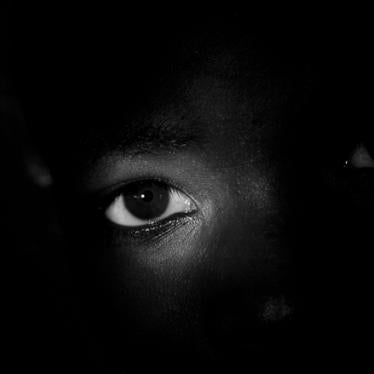Help us achieve universal ratification of the child soldiers treaty by writing the ambassadors for key countries.
- Although there are no exact figures, hundreds of thousands of children under the age of 18 serve in government forces or armed rebel groups. Some are as young as eight years old.
- Since 2001, the participation of child soldiers has been reported in 21 on-going or recent armed conflicts in almost every region of the world.
- Children are uniquely vulnerable to military recruitment because of their emotional and physical immaturity. They are easily manipulated and can be drawn into violence that they are too young to resist or understand.
- Technological advances in weaponry and the proliferation of small arms have contributed to the increased use of child soldiers. Lightweight automatic weapons are simple to operate, often easily accessible, and can be used by children as easily as adults.
- Children are most likely to become child soldiers if they are poor, separated from their families, displaced from their homes, living in a combat zone or have limited access to education.
- Many children join armed groups because of economic or social pressure, or because children believe that the group will offer food or security. Others are forcibly recruited, "press-ganged" or abducted by armed groups.
- Both girls and boys are used as child soldiers. In some countries, like Nepal, Sri Lanka and Uganda, a third or more of the child soldiers were reported to be girls. In some conflicts, girls may be raped, or given to military commanders as "wives."
- Once recruited, child soldiers may serve as porters or cooks, guards, messengers or spies. Many are pressed into combat, where they may be forced to the front lines or sent into minefields ahead of older troops. Some children have been used for suicide missions.
- Children are sometimes forced to commit atrocities against their own family or neighbors. Such practices help ensure that the child is "stigmatized" and unable to return to his or her home community.
- In some countries, former child soldiers have access to rehabilitation programs to help them locate their families, get back into school, receive vocational training, and re-enter civilian life. However, many children have no access to such programs. They may have no way to support themselves and are at risk of re-recruitment
- In 2000, the United Nations adopted an Optional Protocol to the Convention on the Rights of the Child on the involvement of children in armed conflict. The protocol prohibits the forced recruitment of children under the age of 18 or their use in hostilities. To date, it has been ratified by more than 110 countries.
- The ILO Convention on the Worst Forms of Child Labor prohibits the forced or compulsory recruitment of children under the age of 18 for use in armed conflict. It has been ratified by over 150 countries.







